12.02.2025
Fortsetzung:
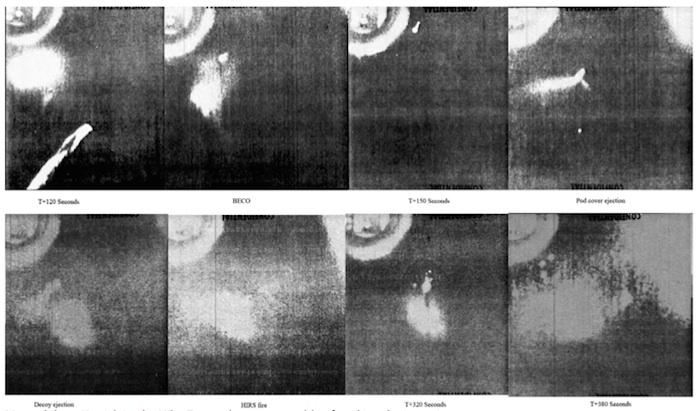
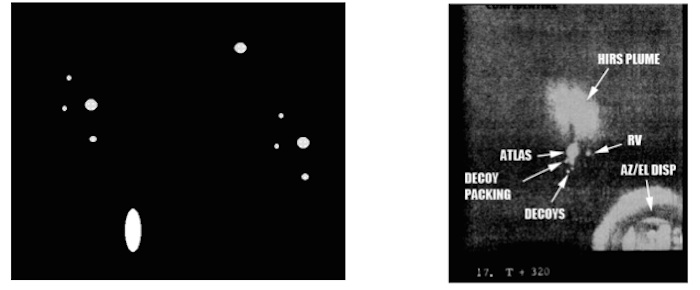
During the time between an event and a witness’s recollection of that event -- a period often called the “retention interval” -- the bits and pieces of information that were acquired through perception do not passively reside in memory waiting to pulled out like fish from water. Rather, they are subject to numerous influences. External information provided from the outside can intrude into the witness’s memory, as can his own thoughts, and both can cause dramatic changes in his recollections.
People’s memories are fragile things. It is important to realize how easily information can be introduced into memory, to understand why this happens, and to avoid it when it is undesirable.4
It seems perfectly reasonable to suspect that the combination of UFO reports filed from the Buzzing Bee launch, the concern about security associated with the Buzzing Bee film, and the malfunction recorded in the “Painted Warrior” Minuteman film could have been combined together by Jacobs, influenced by his belief in alien visitation and conspiracies, to create a story about a UFO that had shot down an ICBM. After that story was published, Florenz Mansmann, who trusted Jacobs, accepted this as an accurate recollection of events and added additional details that he recalled. Unfortunately, their strong convictions that they were accurately recalling these events has persuaded many that this was excellent evidence of aliens interfering with human activities. We now know that the documented record states that these two individuals were mistaken about what they recalled and there never was any UFO event.
Conclusion
Based on the documentation provided to me by Joel Carpenter, there seems to be little doubt that the events filmed by the B. U. telescope did not involve an alien spaceship trying to shoot down a rocket/warhead/re-entry vehicle. Despite these revelations, I do not believe that there will ever be enough evidence to explain, to everyone’s satisfaction, that no UFO was involved. Some individuals have already invested too much of their reputation in defending it and can not accept any possibility other than an alien spaceship. However, for people interested in examining the actual documented evidence, there should be enough information to consider this case to be closed. Unless new evidence surfaces to refute these documents, the rest of us can accept Joel Carpenter’s assessment that the case is “another one for the Retired UFO Yarn Hall of Fame”.
Quelle: SUNlite 4/2014
----
Update: 12.02.2025
.
Big Sur UFO update - Buzzing Bee Film Revealed
Back in SUNlite 6-4, I wrote an extensive article about the Big Sur UFO story. Readers recall that Robert Hastings had been promoting Robert Jacobs story about a UFO intercepting an ICBM launch and destroying/disabling a warhead. Kingston George, who ran the Boston University Telescope program disagreed and said no such event happened. He suggested that Jacobs had misinterpreted the film of the “Buzzing Bee” launch that September as being the one that he claimed involved the UFO. Jacobs countered with it being another launch called “Butterfly net”. The problem with that launch is the launch occurred in bright daylight and the telescope lost tracking shortly after launch. It never recorded the warhead deployment. However, Buzzing Bee did film the entire launch and deployment of warheads/decoys. The documentation, presented to me by Joel Carpenter, also demonstrates warheads from both Buzzing Bee and Butterfly Net made it to Kwajalein with no problems. Therefore, even if a UFO interfered with
the deployment of warheads, they had no effect on the trajectory. This is essentially what I had written ten years ago on the subject.
Recently, I received an e-mail from an individual, who gave me a link to a Youtube video showing the actual Buzzing Bee film!
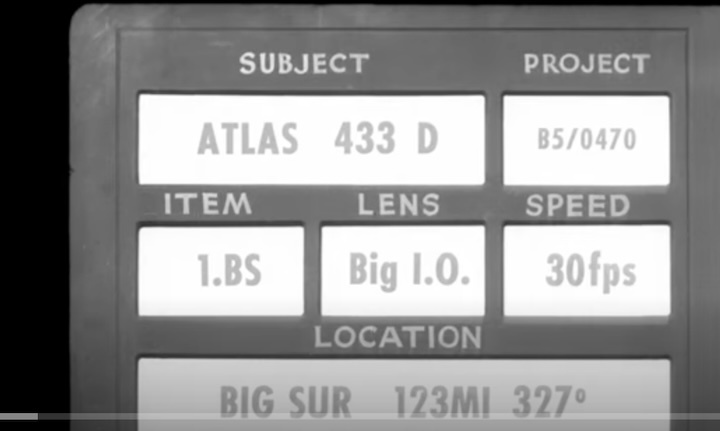
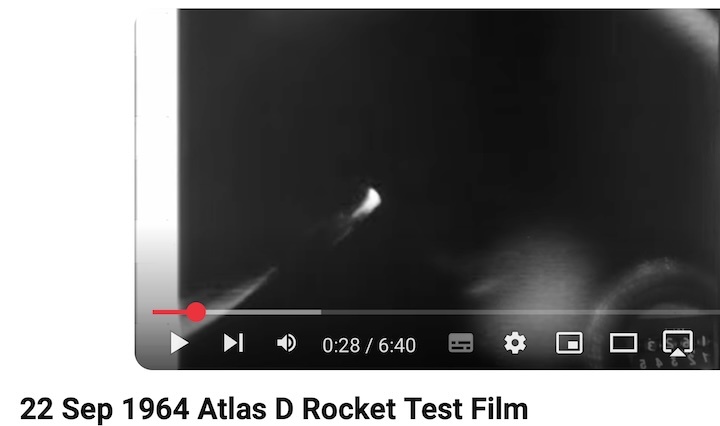
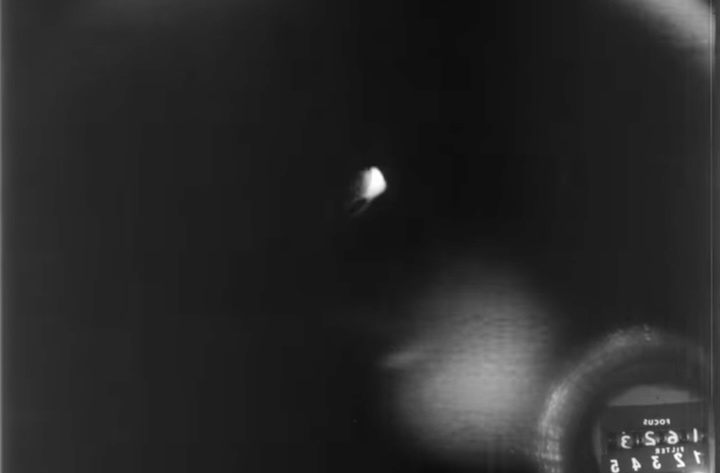
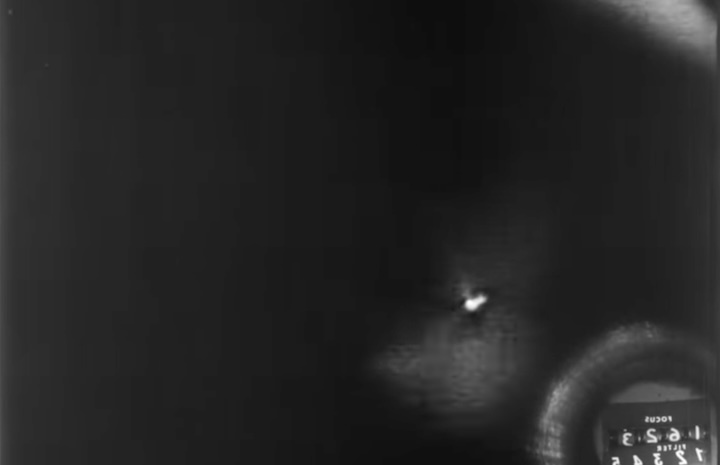
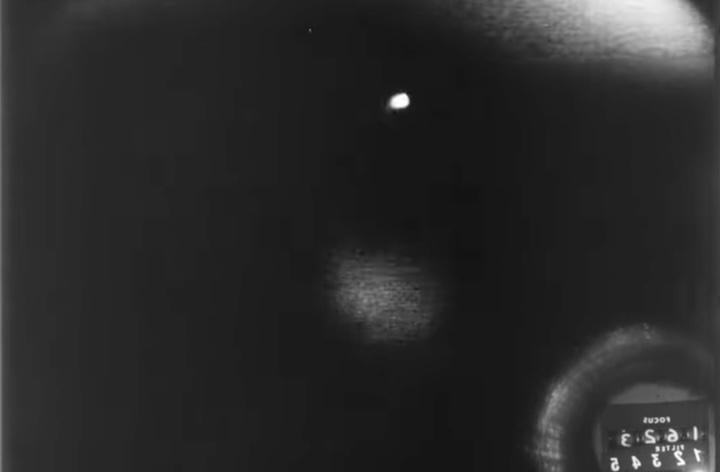
Quelle: YouTube
It was very interesting to watch. I had posted images from the report showing several frames from the film but this film shows the entire sequence.
Watching the film, the viewer needs to realize the Boston University telescope was on an anti-aircraft gun carriage. Two operators (one for azimuth and one for elevation) were looking through guide scopes and operating handwheels to keep the rocket centered in the field of view of the scope. It took great skill and teamwork to do this and the film shows the difficulty involved as the scope jumps about to keep the rocket centered. Additionally, the camera was not directly connected to the telescope. Instead an image orthicon tube, used to enhance the brightness of the image, was on the scope and the video from that was sent to a monitor.
A film camera was used to record the image off of the monitor display. It is similar to recording a program off your Television with a cell phone. It is not the same thing and the quality is not 100% (the technology in the 1960s was well below what it is today so the quality is even worse than using your cell phone). Add to this is the effect of the image orthicon tube, which provides an uneven illumination of the field. You have the brightest images at the center with a drop off in illumination on the outer 50% of the frame. This produces an odd effect when viewing the film as objects appear to come and go as they move in and out of the center of the frame.
Another item that can be clearly seen in the film is the resolution capabilities of the system. It has been claimed it was capable of filming “nuts and bolts” on the rocket. This is not true. I mentioned this in SUNlite 6-4 and the film confirms it. Seeing nuts and bolts on a rocket, even with an instrument like the BU telescope, was just not possible from the distance/equipment involved. The rocket, shortly after launch, is hidden by the exhaust plume and, when it is visible further down range, is not that large. Therefore, details like “nuts and bolts” are impossible to see even if one is looking at the raw image with a magnifying loupe.
At time 3:43, the warhead and decoys are deployed from the main rocket body. The rocket body continues to be the brightest object in the frame. At time 5:38, there is a good glimpse of, what appears to be, the six decoys in a circular pattern and, what appeared to be, the dummy warhead trailing them. Additionally, the main rocket body, which is much brighter than the warhead and decoys, begins to drift above the payload package creating a separation between the two groups. At time 5:49, the rocket body “blooms” (brightens) as it passes through the center of the image orthicon. This could have been done due to a gain adjustment on the image orthicon, a sudden reflection, or just some sort of change in the recording equipment. Shortly after this, the warheads/decoys are
no longer visible. The operators could not keep them centered with the rocket body, which was what they were tracking. By the nature of the systems associated with the rocket body, it was designed to drift away from the warhead and decoy package so they did not interfere with them. The film ends shortly after this.
To me, the film shows no UFO but it might explain what Jacobs thought he saw. His UFO was probably the rocket body itself, which was seperate from the package, very bright, and circular in shape. When the rocket body “blooms”, it can be interpreted as some sort of energy beam or spike. The disappearance of the package, due to it being too faint to see or away from the field of view, shortly after this was interpreted as they were vaporized by the UFO. Any description of the object “orbiting” the warhead was probably the recollection of them seeing the rocket body bouncing around due to the operators trying to center the target with the handwheels on the gun carriage.
Additionally, I also received a link showing some films from the Butterfly net launch.
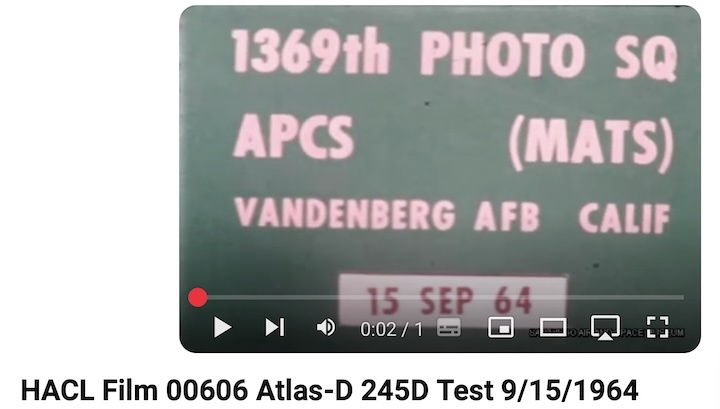
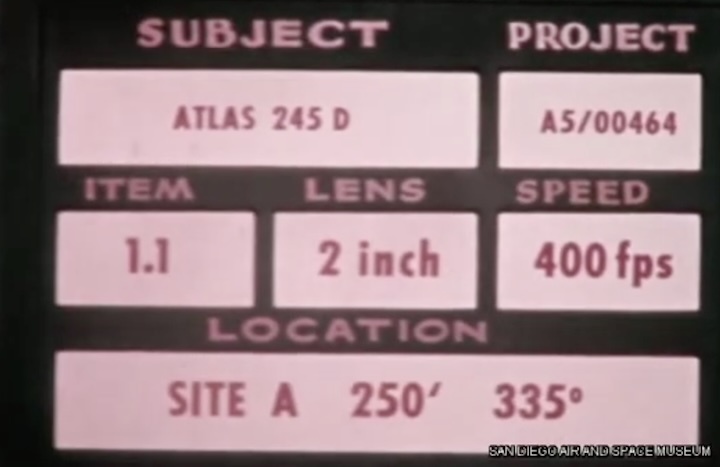
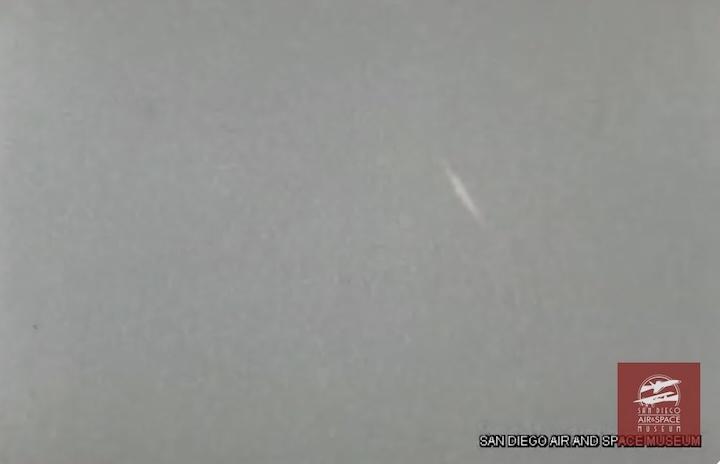
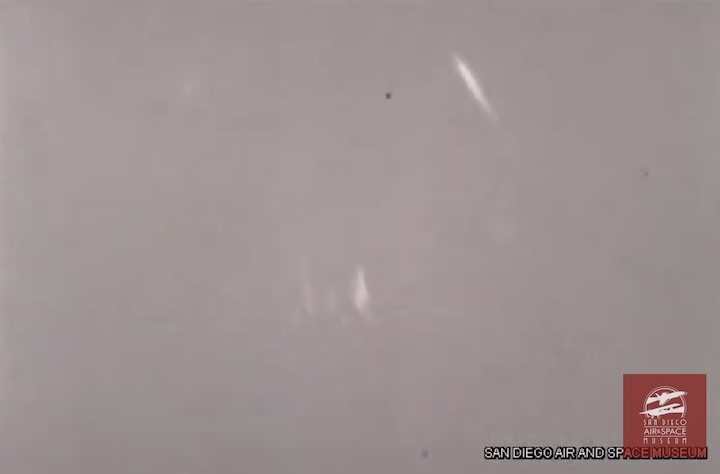
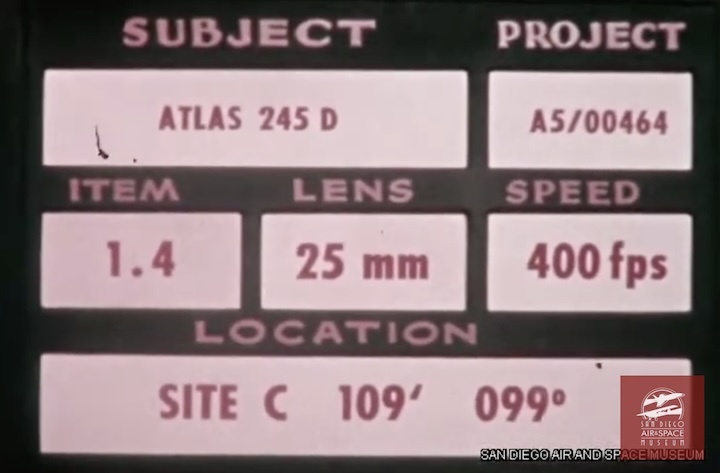
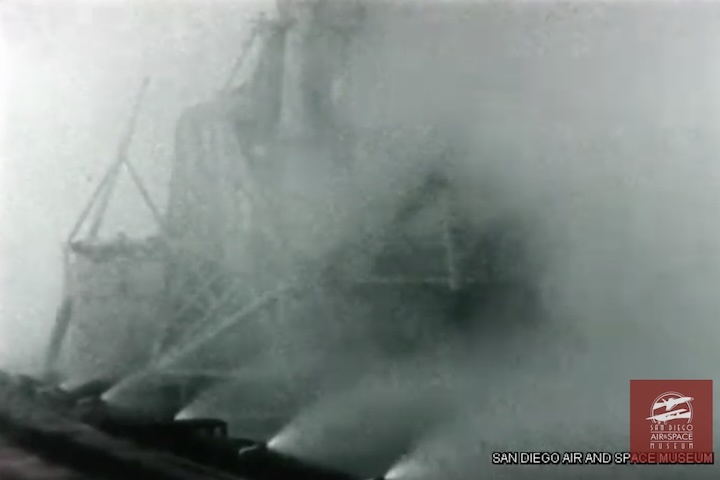
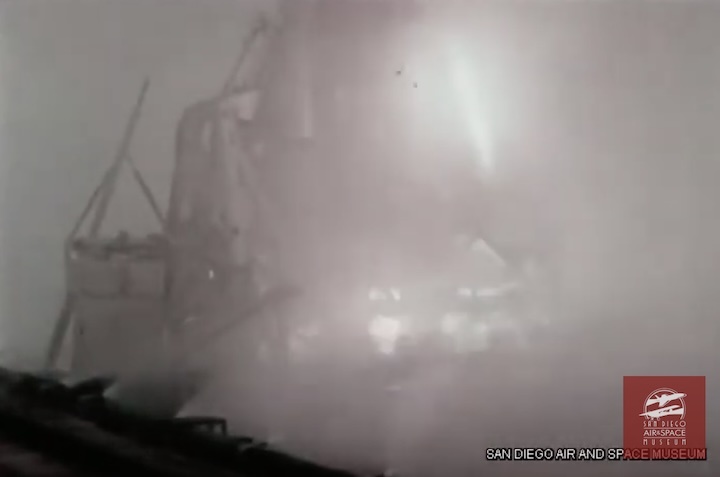
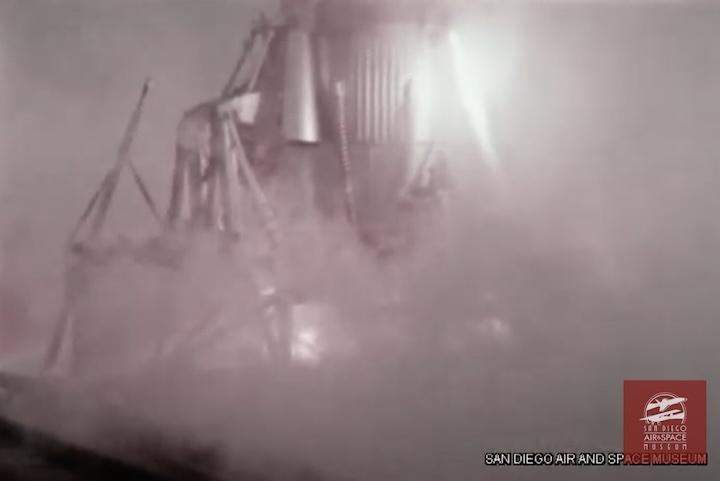
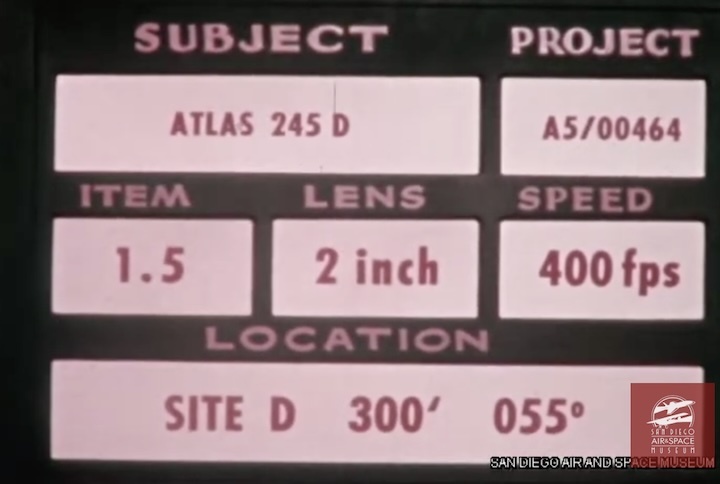
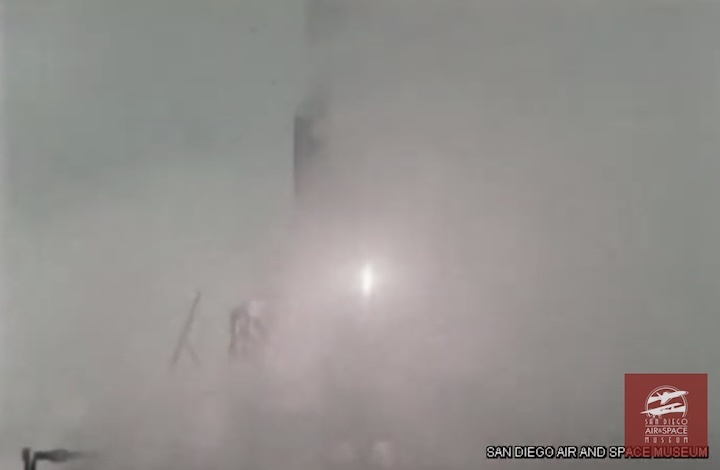
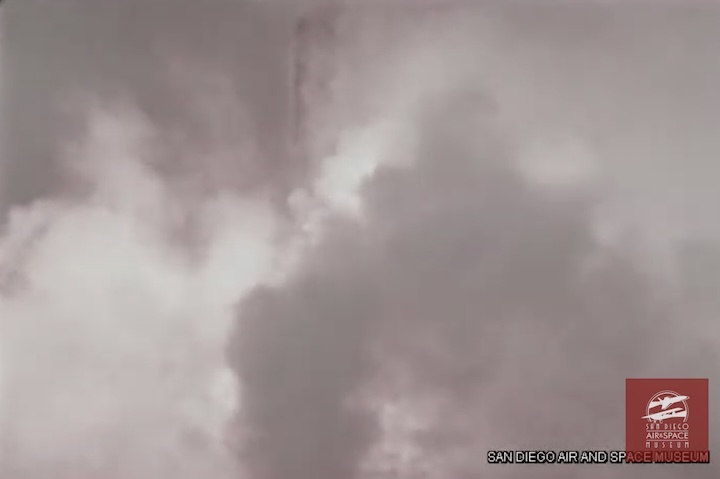
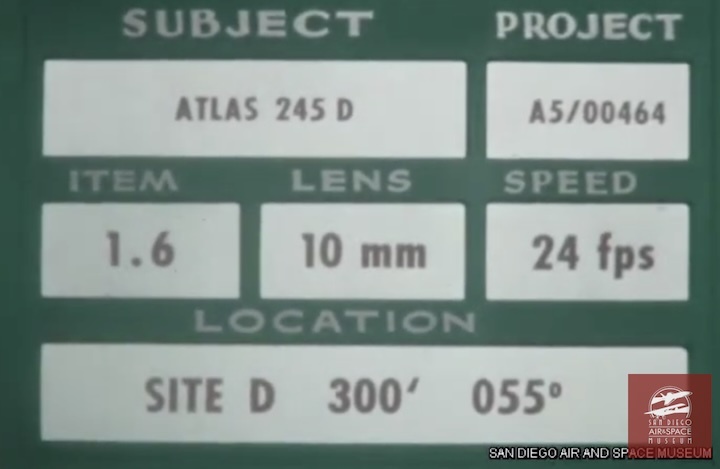
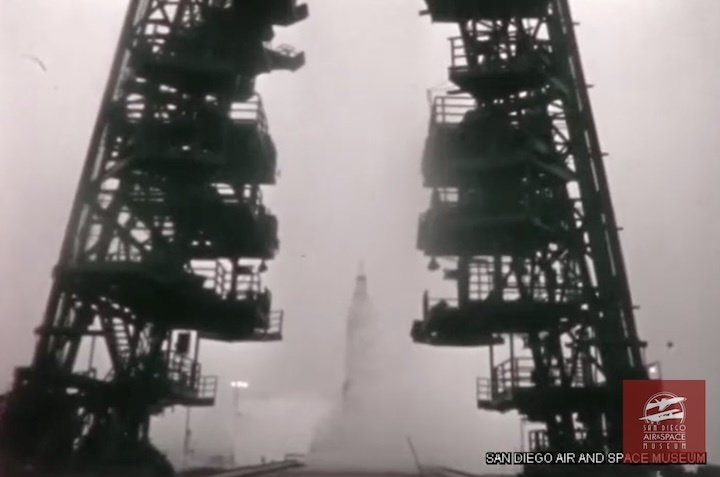
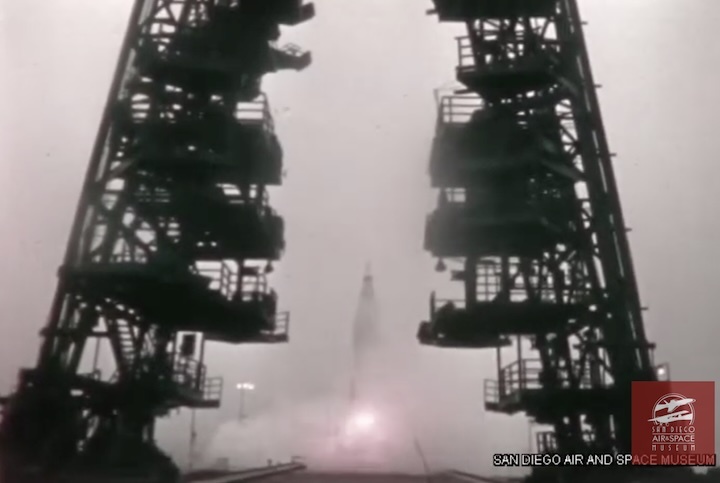
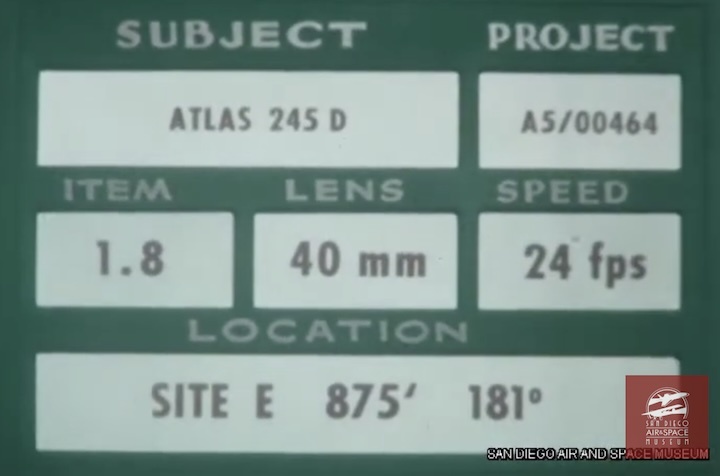
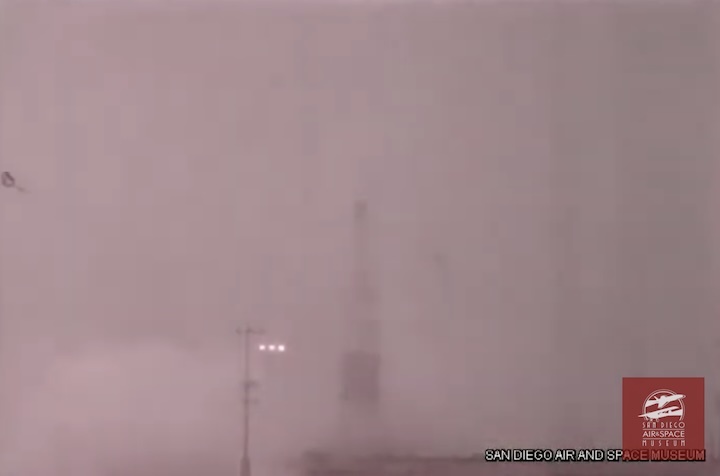
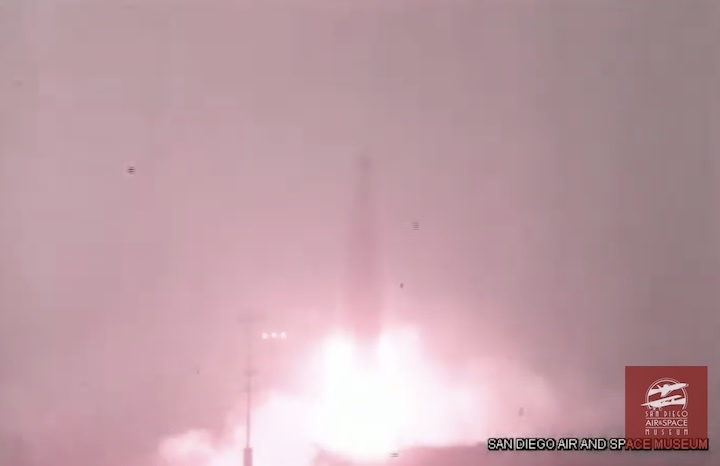
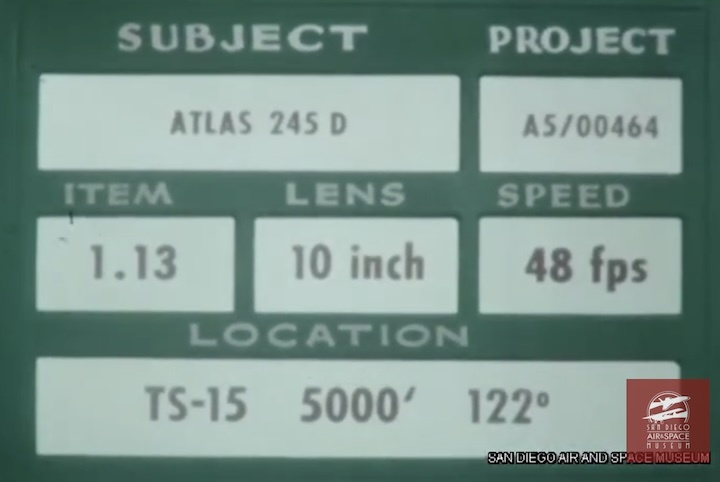
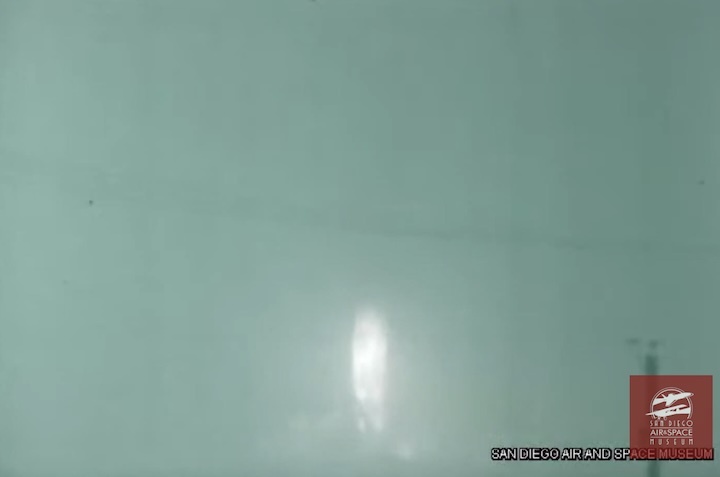
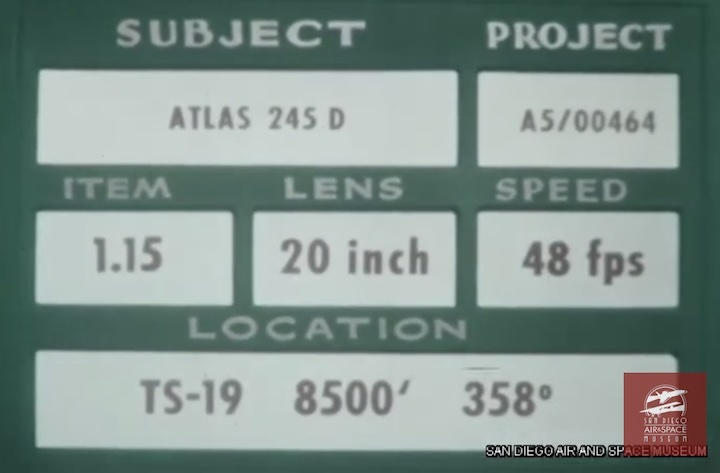
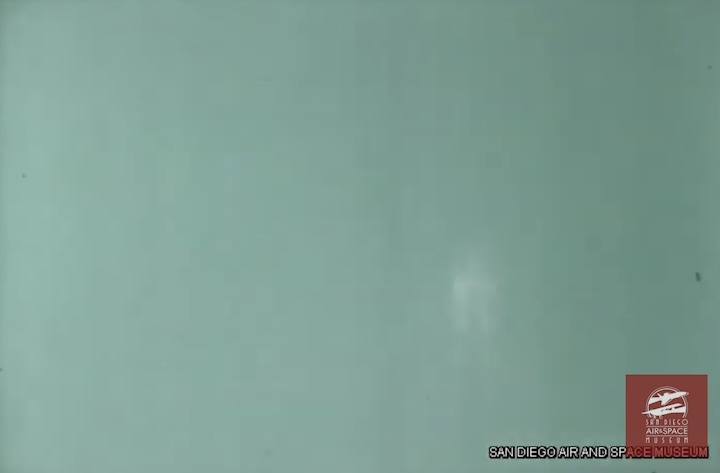
Quelle: YouTube
Unfortunately, the BU telescope film is not in this batch. The quality of the films is less than perfect but the cameras that were furthest away from the launch show the brightness of the sky during this launch as well as what appears to be ground fog hindering tracking. The BU telescope reported the sky being hazy or that day, which contributed with the time of day, to cause tracking problems and poor film quality.
As I stated in SUNlite 6-4, this UFO story is based on a real event and involves the decades old flawed memories of two individuals, who thought what was seen was something “unearthly” . The evidence available to date, indicates no UFO was ever involved and that this case remains in Joel Carpenter’s “retired UFO yarn hall of fame”.
Quelle: SUNlite 6/2024
